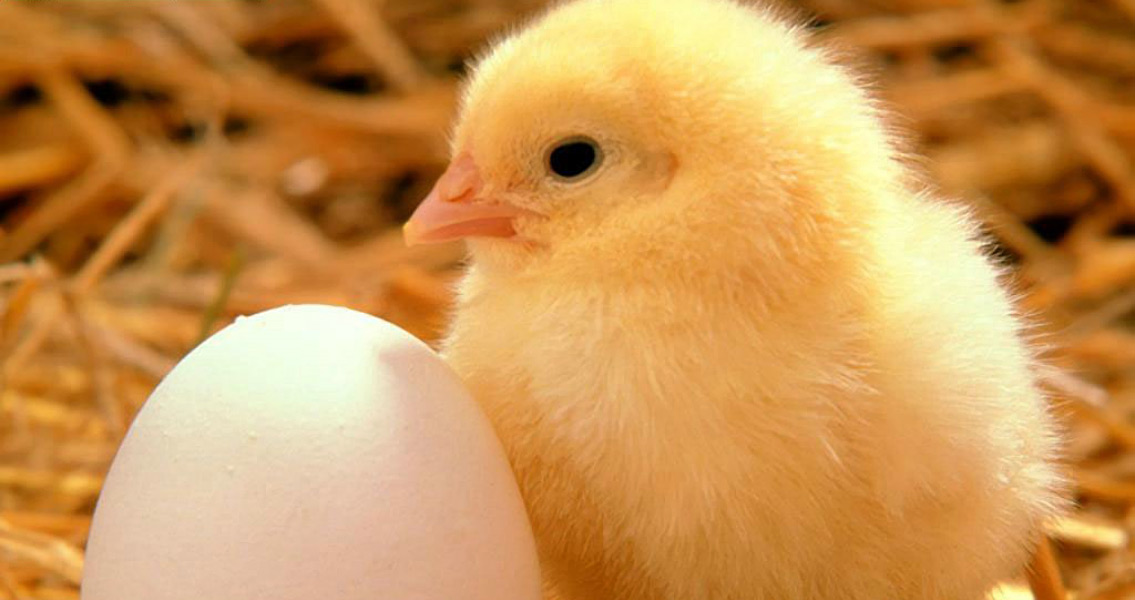<![CDATA[A new study suggests that mitochondrial evolution takes place at a much faster rate than previously thought. The conclusions have revealed the complexity and dynamism of mitochondrial evolution over short periods. The study authors argue that the rate of mutation in chicken genomes is fifteen times faster than usually believed. Scientists from Oxford University's Research Laboratory, led by Professor Greger Larson, analysed individual chickens which were part of a specific pedigree and discovered that two variations in the mitochondrial genome had occurred in the space of just fifty years. Previous studies based on the fossil record suggest that the maximum rate of change in the mitochondrial genome was just 2% per million years. "Our study shows that evolution can move much faster in the short term than we had believed from fossil-based estimates," Professor Larson told LaboratoryNews. In addition, the team discovered one example of mitochondrial DNA being passed down from a father. According to the paper, published in the Royal Society's Biology Letters, "Domesticated animals present ideal systems for studying mitochondrial evolution in vertebrates, particularly if they have documented pedigrees". The team took a well documented chicken pedigree, the Virginia chicken lines, as the basis of the study. "This pedigree, initiated in a founder population of seven partially inbred lines, was subjected to annual divergent selection for high and low body-weights at 56 days of age. This approach established high (HWS) and low (LWS) weight selected lines that now possess a greater than 10-fold difference in body weight at selection age." Until now, there have been few studies of short term mitochondrial evolution, especially in non-human vertebrate species. Various studies suggest a constant rate of mitochondrial evolution over both long and short periods, but this assumption is increasingly being brought into question with mounting evidence of a disparity between long and short term estimates of mitochondrial substitution rates. Larson and colleagues took twelve of the most distantly related chickens in the pedigree from the same generation, and reconstructed the mitochondrial DNA transferred from mothers to daughters. When weighed at 56 days old, they noted a substantial difference in the body weights of the birds. From this data they were able to estimate a molecular rate of 3.13 × 10−7 mutations/site/year, a rate substantially higher than figures of avian evolution rates based on fossil estimates. A significant consequence of the study's findings is that rates of evolution based on fossil calibrations may need to be approached more critically. Higher rates of short term evolution must be taken into account to avoid an overestimation of the timeframe of recent evolutionary events. Taken alongside the instance of paternal passing on of mitochondrial DNA, Larson et al's study shows just how complex evolution is. Speaking to Laboratory News, research associate Dr. Michelle Alexander explained the results' significance. "We identified chicks who inherited their mitochondria from their father, meaning so-called “paternal leakage” can happen in avian populations. Both of these findings demonstrate the speed and dynamism of evolution when observed over short time periods." For more information: www.rsbl.royalsocietypublishing.org Image courtesy of Wikimedia Commons user: Juegos olimpicos 2012 ]]>
Chicken Evolution Faster Than Thought
